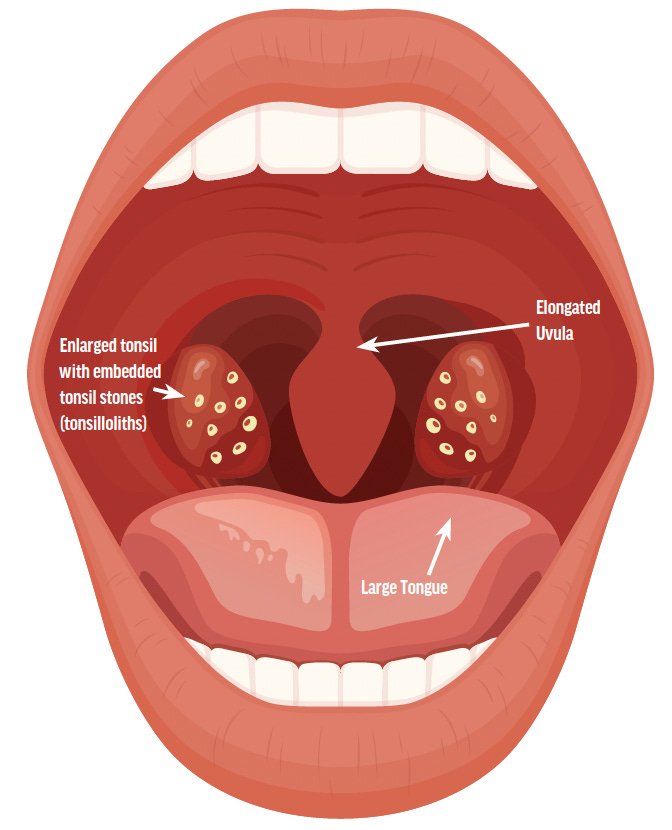Tonsillectomy
Written by Fiona Nikolla
Amongst all the surgeries in the world, tonsils being removed is one of the most renowned and experienced. From young children to older adults, when the time comes for them to be removed it is often a minor, yet impactful surgery. Though it seems insignificant, people often wonder about its impacts, and if it is a procedure for them.
Indications of Removal
Over the course of viral infections and other outbreaks, the throat is always a key area in which viruses attack. This effect of a viral infection attacks that spot because the tonsils are the primary defense against anything that enters through your mouth. As redundant diseases or viruses continue to attack, as any other crucial part of the body, immunity starts to decline without proper consent. Especially during and after the effects of puberty, the tonsil’s immune system declines rapidly that causes the operation to occur amongst adults more commonly. If tonsillitis, the term that defines if the tonsils regularly become inflamed, occurs on a basis of around 3-7 episodes over the course of a couple of years, that would indicate a removal. Other symptoms of indication may include the presence of a bacterial infection that may not improve even upon the use of medicines. In children, if the tonsils are overly inflamed, this may make it harder for them to breathe.
Why is Removal Possible?
The reason tonsils can be removed without any detrimental health issues is because it can help reduce the amount of throat infections or inflammation during an illness. This does not guarantee that infections will not occur elsewhere in the throat area, but it eliminates another possible are of infection.
Operation
Tonsillectomy is often a surgery completed at an outpatient facility, meaning that the patient is allowed to leave after the operation is completed, with no need for an overnight stay. The procedure occurs when a surgeon cuts out the tonsils, or rather known as the two oval flaps on the back of your mouth, using a scalpel. A scalpel is a tool noted in its ability to use high heat or energy to produce waves strong enough to remove or destroy any unwanted tissue. This also allows for areas of removal to stop bleeding. After the procedure, common side effects often include pain around the removal site, also swelling in that area. A common remedy often involves eating a certain amount of cold and soft items that are easy to swallow without causing any further pain.
Though the procedure of tonsillectomy seems minor, it is one of the few surgeries done on the human body that is of minimal risk. Determining if they are affected and in need of removal is key to understanding the outlook of how they act during the occurrence of any viral or bacterial infection.
Written by Fiona Nikolla from MEDILOQUY


